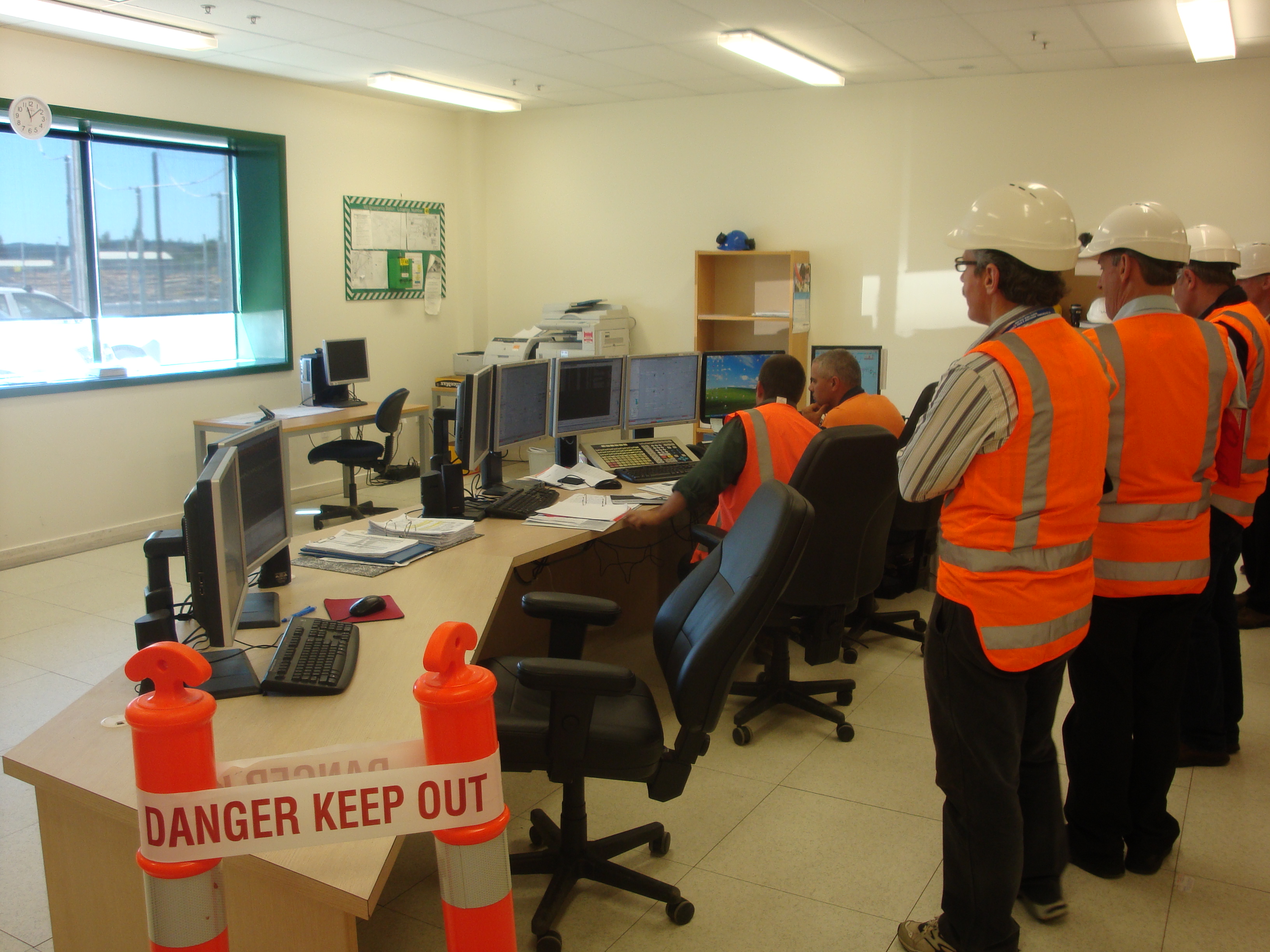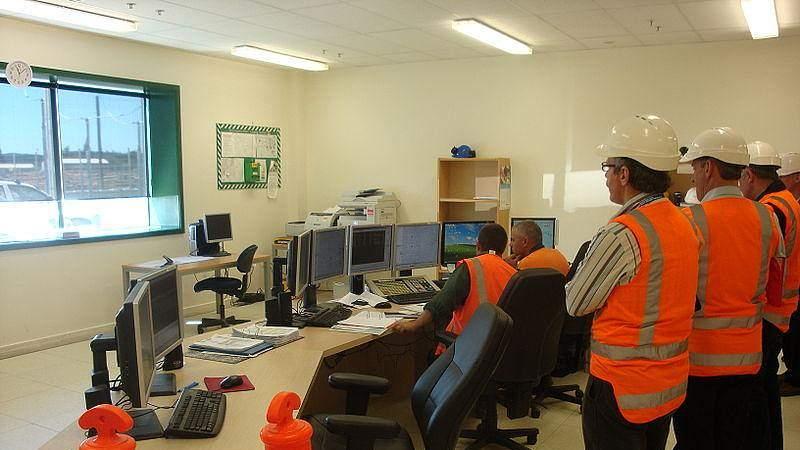In my previous post, I highlighted some differences between designing B2B systems and designing consumer web or mobile applications. Based on my personal experience, I must say that UX design for B2B systems is definitely more challenging. But then again, in B2B world, the users typically have to use the system as part of their work, whether they like it or not, which means that there is no need to hook the user with instant feelings of “wow” or other mechanisms that are used in consumer products to impress the user. Typically, the user isn’t the buyer of the product and the buyer may not be very aware of the work of the actual user. This means that the purchase is often made on some criteria other than great UX, such as pricing, number of features or familiarity of the technology.
Having said all this about B2B systems being professional tools purchased by IT pros and used by paid experts, there is one question that begs for an answer: do users’ feelings even matter? In my opinion the answer is a big YES, and this post explains why.
Productivity
In today’s turbulent world, the competition is getting harder in almost all domains. This often means that the same work tasks need to performed with fewer employees in order to reduce costs, i.e. the productivity of the single employee must increase.
Good UX in B2B tools means that the tool supports the user’s work. When the user can focus on performing the core tasks, such as monitoring and adjusting an industrial process or driving a heavy machine, instead of trying to understand or remember how the UI works, he can get more results in the same amount of time.
Good UX of support systems, like tools for creating and approving expense claims or reporting hours, can boost productivity, too. When the support tasks can be performed efficiently, with a convenient and understandable tool, the user has more time for the actual work and can thus be more productive.
Motivation
The correlation between the usability of the tool and overall productivity is quite easy to understand, but UX is not only about usability. If the tool is pleasurable to use, the user will be more motivated to use it and perhaps more motivated in their work too. There are several user studies that show a strong correlation between employee motivation and productivity. If users get emotionally attached to the product, they are more likely to take better care of it, which can mean huge cost savings in machinery repair and maintenance costs. So, aesthetics and emotions can actually have a huge impact on costs as well. Motivation can actually be considered a multiplier for productivity. There are studies showing that in problem situations motivation results in persistence, preventing one from deviating from the goal-seeking behavior.
Changing worklife
The worklife is going through a variety of changes. People switch jobs more often than they used to, and working with the same company for 20 to 30 years has become the exception rather than the norm. At the same time, people stay at work longer than they used to, because the age limits for retirement are getting higher and higher. Companies use temporary workforce more than they used to, in order to balance their cost. In addition, some of the work may be outsourced to developing countries, where the workers are often less educated.
All of these changes bring new requirements for the UX of B2B systems. The most obvious demand is that B2B systems need to become easier to learn for new, temporary or less educated users so that they can be productive from day one. In extreme cases, this may mean, that the UI must be understandable to the users without any textual information, due to user illiteracy.
The way tasks are performed with B2B tools needs to become easier to remember so that older users and users who have not used the system for a while can still remember how the tool works. At the same time, the existing power users need to maintain their efficiency, which means that a thorough understanding of different users and their needs is crucial for the UX designer.
Safety of people and data
Properly done UX work ensures that the number of errors the user makes (because of the tool) is minimized and that the user can somehow recover from the errors. When the UX work is done properly, it can significantly reduce the number of mistakes caused by the tools and ensure that the user can quickly recover from any mistake he may have made.
This is especially important when you are dealing with products that operate something in the physical world, such as machine user interfaces or process automation systems. In such cases, a seemingly small error that occurred because of poor UI design can lead to huge profit losses or even risk people’s health and lives.
Another thing to consider is that, in their free time, the users of B2B systems are users of consumer products, which naturally raises their expectations towards the look and feel of B2B systems. If the users become frustrated and feel that the B2B system they are forced to use is cumbersome and not enjoyable to use, they might start devising unauthorized workarounds in order to have better UX. This kind of behavior may lead to loss of critical business data or compromise information security. Sometimes, unauthorized workarounds may cause even bigger risks, especially when operating assets in the physical world.

Development efficiency
A user centered design/product management process ensures that we cater to the real needs of the target users and weed out unnecessary clutter from the product’s feature set. In fact, when the B2B system has been developed with the minimal viable feature set and tailored to the needs of the target user group, developing and maintaining the system becomes more cost efficient.
The time required for developing some “Nice to have feature” may not sound too bad in terms of development costs, but once the feature has been implemented it needs to be maintained throughout the product’s long lifecycle. In addition, each new feature adds complexity and clutter to the UI. You could say that the price tag for each additional feature is much larger than it initially seems. Furthermore, in large and complex systems, features can impact each other and the introduction of new features may break some of the existing ones in unpredictable ways. Same applies for removing features, extracting a seemingly useless feature might cause surprising effects in some other part of the system. Proper UX design is the de facto process for figuring out who are the target users that the product should serve and what are the features needed by those user groups.
Employer image
When competition for good and motivated workforce gets harder, the employer image plays an increasingly important role in attracting the best people. Happy and satisfied employees are more likely to recommend their employer to their friends and acquaintances . As discussed above, the tools people routinely use in their work play an important role in keeping employees positive and motivated. You can often hear people complaining about the tools they must use at work and this definitely does not boost image of their company as a good or caring employer.
Competitive advantage
As competition toughens on all domains, it will be harder and harder to differentiate from the competition. The unfortunate fact is that advanced features and technologies can be copied quite quickly and even patents don’t necessarily safeguard them.
Have you ever considered that great user experience which stems from understanding end users, their work and their needs is something that is harder to copy than technical features? I believe that in the future, great UX can become a true differentiating factor in the B2B world, especially when the B2B sales people learn to justify and back it up with hard, measurable KPIs, such as productivity improvements and cost efficiency.
Taking all the above mentioned factors into account, I would say that UX in B2B is at least as important as UX in consumer products. In these different contexts, the emphasis might be on slightly different aspects of UX, but the overall importance of UX work cannot be underestimated. In the next post I’ll finally get to the culmination point of this trilogy and talk about processes and best practices that can help in creating great UX for B2B products, so stay tuned!
 Heli IhamäkiHead of Design, Finland
Heli IhamäkiHead of Design, Finland


